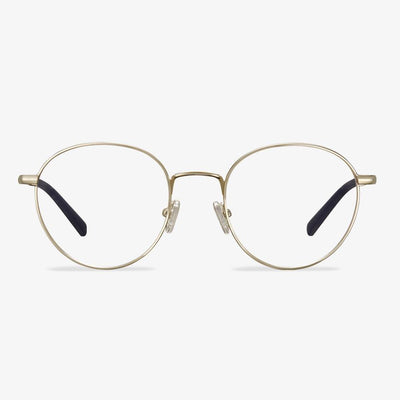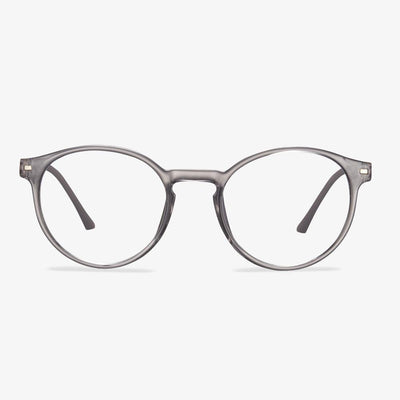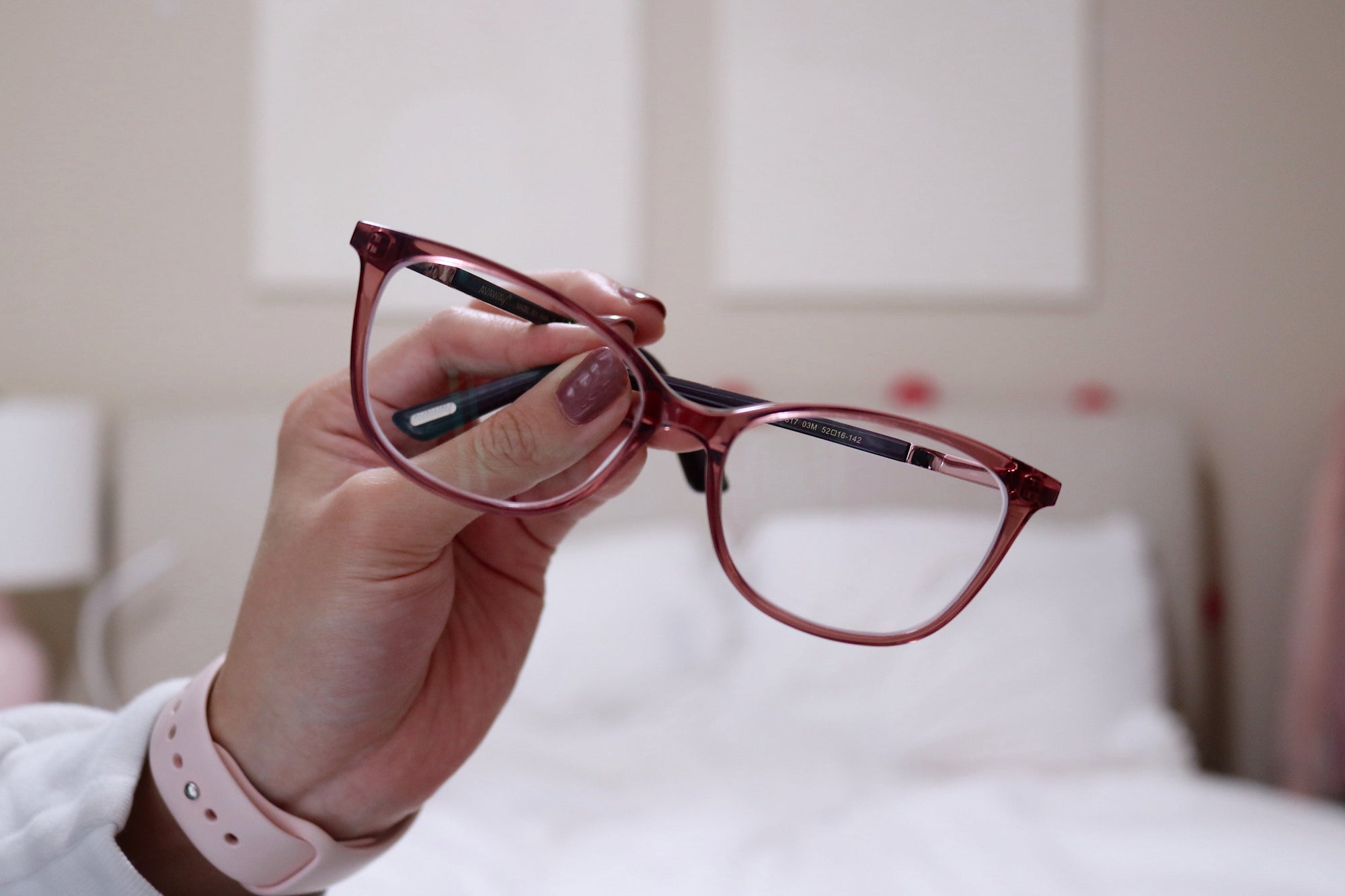Understand the impact of frame selection on the lens
Frame size is an important consideration when using progressive lenses because some progressive lenses work better in frames of different sizes. Since progressive lenses allow you to see at all distances, it's important that the whole range of vision fits within the frame. Therefore, very short lenses and larger lenses are not suitable for progressive lenses.
Evolution of hard coating technology
The first generation of the use of hard coating technology began in the early 1970s, the quartz material is deposited on the surface of a resin lens under vacuum conditions, form a very hard anti-wear film. However, due to the mismatch between the thermal expansion coefficient and the film base material, it is easy to delaminate and crack the film. Instead, it forms the mottle on the surface of the lens, and the effect is not optimal.
The second generation of hard coating technology is the use of the 1980s. The surface of the resin sheet is coated with a material with high hardness and not easy to be brittle and cracked by an immersion process. At this time, anti-reflection coating lenses had appeared and gained the recognition of consumers, but the mismatch between adding hard coating and anti-reflection coating still caused serious lens wear.
The third generation of hard coating technology was developed in the 1990s, mainly in order to solve the problem of wear resistance after coating resin lenses with an anti-reflection film. The hardened material evolved into a polymer organic matrix material.
Fourth-generation coating technology is dominated by silicon atoms, in which the hardened solution contains both organic substrates. It contains inorganic ultrafine particles, including silicon elements, which make the hard coating not only tough but also hard.
Anti-reflection Coating
Anti-reflection Coating, known as reflective coating and antireflection film, is called anti-reflection coating in English, or AR Coating for short. Initially, anti-reflection coating technology was used in the sights of weapons. It was only after the war that the technique was used to improve the performance of eyeglasses. Another problem occurs when taking pictures because the lens's surface is relatively reflective. The resulting photos don't show the eyes of friends who wear glasses. This problem is solved by plating anti-reflection film.
How long does it take to get used to progressive lenses?
Because the adjustment of each eye is different, so there will be some differences in the adaptation period. It usually takes about two weeks to get used to it. Probably many young people are familiar with this kind of lens, so they adapt to them for only a week or so and can restore the normal visual effect. If it's been two weeks and you still feel that you can't see clearly, or you have the feeling of nausea, etc., then you need to test and adjust. You need to go to the hospital to see the specific case, to find out whether it is a quality problem of the sunglasses, or there are some artificial reasons. If there is a problem, we should also replace the lenses in time, otherwise, it may lead to the problem of visual fatigue. Therefore, it is still necessary to promptly confirm the case of optometry, and then replace the appropriate glasses.
Choose the cost-effective glasses.
Choose your favorite glasses online. Open the shopping website, and select a store with high credibility. Choose your favorite glasses according to the style, lens, frame color, blue light blocking, radiation protection, and other factors, and then communicate with the customer service about the thickness of the lens and other specific details. If you see the frame is not suitable for yourself, you can communicate with customer service ahead of time to see whether you can buy the frame to send freight insurance. If it is not suitable, can we return it for a refund? To buy a store with a high reputation, you can look at the store's good comments and bad reviews. Talk to customer service. Sometimes there are hidden discounts.
Different Types of Eyeglass Frame Materials
Acetate: The most popular frame material is acetate, also called Zyl. Zyl is a very cost-effective and creative option for eyewear and is extremely lightweight. The acetate frame material is also colorful.
Nylon: This frame material is used in some cheap eyeglasses. Nylon is strong, lightweight and flexible, and it can become brittle with age. Nylon is also a premier material for sports and performance frames, and also easily molded into today’s popular wraparound style.
TR90 Nylon: TR90 Nylon is durable, flexible, and lightweight. Glasses made with TR90 are extremely comfortable since they have a flexible quality. Besides, the TR90 Nylon frame material can bend under pressure and contour your face comfortably. So, it would be resilient to damage.
Ultem: Ultem resin is a flame-retardant and high performance thermoplastic. It comes with various features, such as high strength-to-weight ratio, heat resistance and high impact strength. This frame material is also durable.
Can men wear clear frame glasses?
Clear frames are suitable for young men and women, handsome, with personalities. But if older people wear it, they will look old. Clear glasses frame is more stylish with personality, and it is very fashionable but not for everyone. Choose this kind of frame, you should consider the age, face shape, and so on. Clear frames are usually more suitable for younger people because they are younger and more handsome.











































